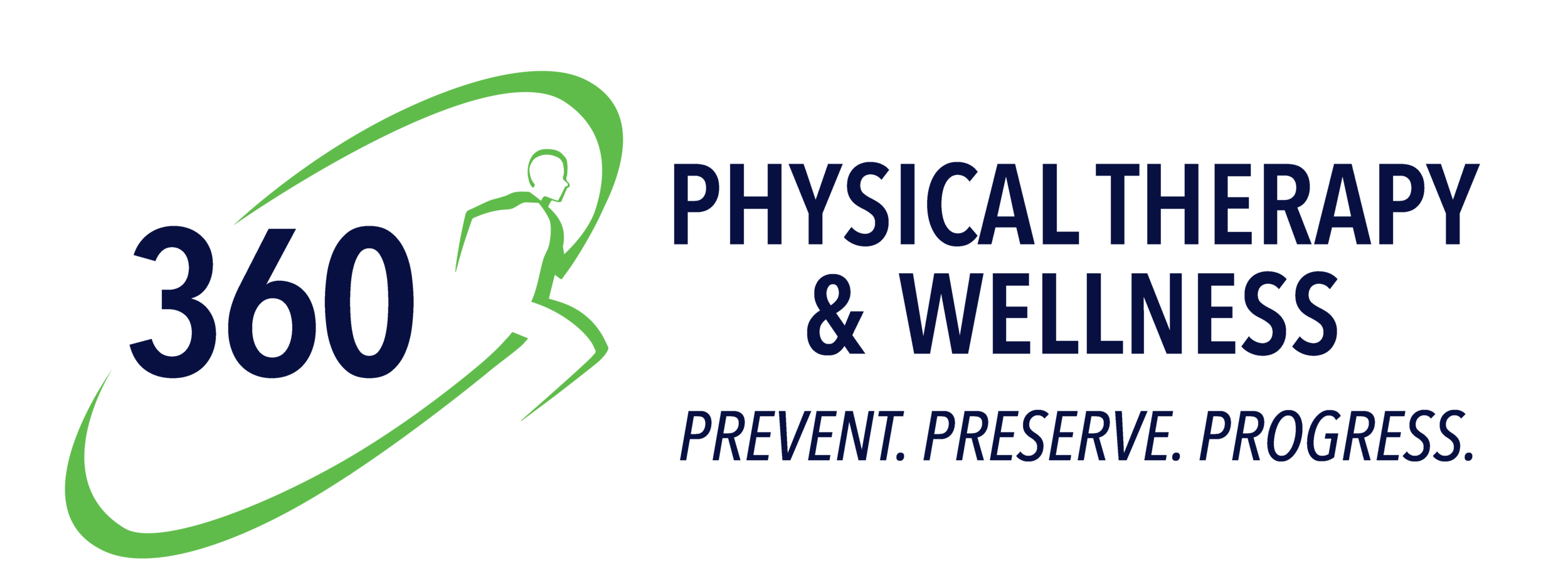Physical Therapy For Parkinson's Disease
IS PHYSICAL THERAPY FOR PARKINSON'S DISEASE HELPFUL?
That is a common question that we get from patients, family members, and those who are participating in the Rocksteady Boxing Program for Parkinson’s Disease management. The short answer is yes. What we’ve come to realize in near 10 years of working with a range of patients with PD is that everyone is affected differently by the disease. While some patients only experience tremors, others may experience a combination of tremors, stiffness, slow movement, and trouble starting and stopping movements. Physical therapy for Parkinson’s disease is therefore aimed at addressing the specific deficits and impairments that each individual may experience.
PHYSICAL THERAPY FOR PARKINSON'S DISEASE: BALANCE TRAINING
PHYSICAL THERAPY FOR PARKINSON'S DISEASE: STRENGTH TRAINING
PHYSICAL THERAPY FOR PARKINSON'S DISEASE: AMPLITUDE TRAINING
Those with Parkinson’s disease often see a gradual decline in the size (or amplitude) of the movements that they make. This is most noticeable in the size of their stride or arm swing when walking. It’s common to hear those receiving physical therapy for Parkinson’s disease say that they particularly don’t feel like they’re moving small movements. Specific exercises focusing on large amplitude movements and coordination are of particular benefit. When certain patterns of movement and exercises are reinforced on a regular basis through physical therapy in the proper manner, incorporating them into daily tasks and activities becomes easier.

